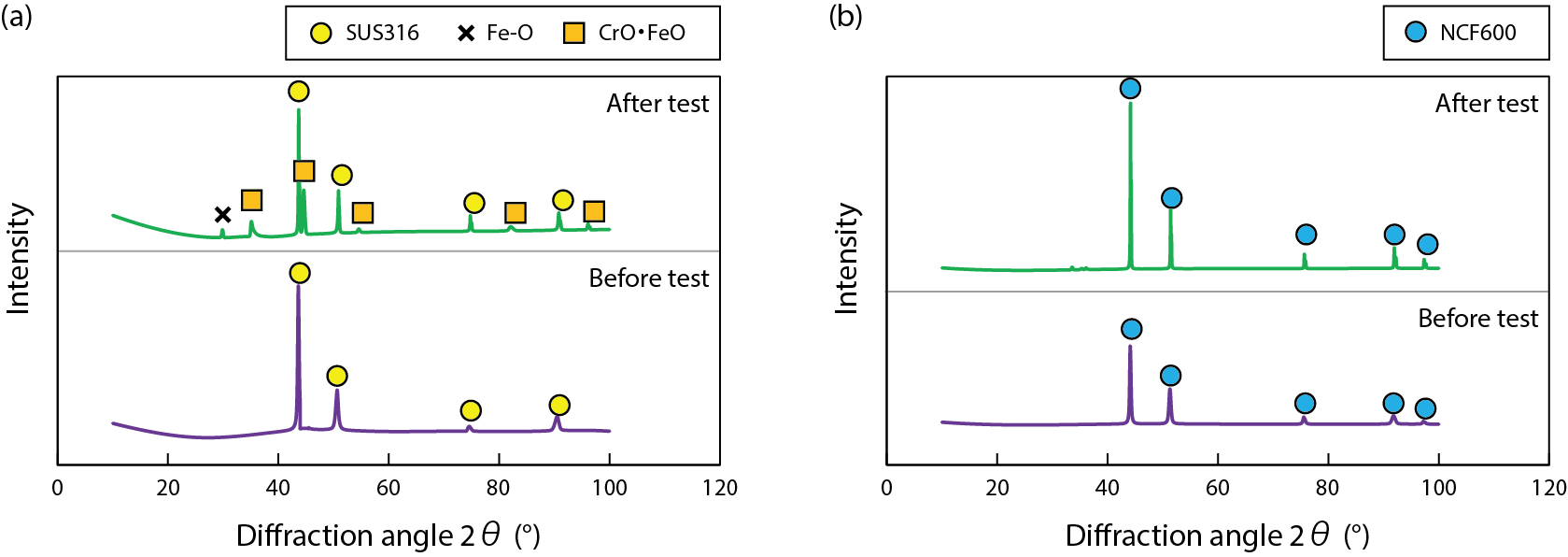Table 4-1 Evaluation of the damage time for sheath materials used in MI cables under air or air/H2O mixtures at 1015 ℃


Fig.4-18 XRD analysis of specimen surfaces after exposure to mixed-gas atmosphere (I2/CO/O2/H2O) at 800 ℃ for 96 h
Polymeric materials are used to insulate and sheathe low-voltage cables in nuclear power plants. Lessons learned from the accident at the TEPCO’s Fukushima Daiichi NPS show that it is necessary to develop new monitoring systems to prevent injuries during severe accidents (SAs). The reactor-vessel environment during an SA is thought to be complex, having high temperature, Fission Products (FPs), and atmospheric exposure; there is concern that damage to sheath materials will occur prematurely due to corrosion. Therefore, we started to research and develop that mineral-insulated (MI) cables with metal sheaths are capable of withstanding as signal cables for monitoring systems to be used in the case of SAs from based on knowledge of measurement technology development at the Japan Materials Testing Reactor (JMTR).
MI cables comprise insulators, core wires, and sheath materials. Among these, 316 stainless-steel (SUS316) or nickel-based (NCF600) alloys are selected as sheath materials because these withstand high temperatures and pressures, water vapor, oxidizing atmospheres, and high versatility.
First, in order to evaluate corrosion characteristics in an atmosphere without FP, the weight change was measured under air and a mixture gas of air and water vapor (air/H2O), and the oxidation rate was calculated. From the oxidation rate and the thickness of the sheath material for the MI cable, the damage time of the NCF600 was found to be about 4 times longer than that of the SUS316, sufficient for performing measurements until the SA had passed (Table 4-1).
Second, when simulating the environment containing the FP of iodine gas (temperature 800 ℃, exposure time 96 h), corrosion products were unevenly formed upon the surface of SUS316, and it was confirmed that peeling occurred readily. This result suggests that this environment has more complex corrosion characteristics than atmospheric air or an air/H2O mixture. Conversely, a uniform oxide film was formed on the surface of NCF600; however, it was confirmed to be thin enough to be detected by X-ray-diffraction (XRD) analysis (Fig.4-18). Thus, NCF600 is expected to be a good material to use during SA.
From these findings, comprehensive evaluation of such features as the electrical characteristics under the radiation environment must be carried out to determine the basic specifications of the MI cable, and the applicability to the nuclear power plant must be examined.
The present study was a part of result of the R&D program for Plant Safety Enhancement “Research and development of high-performance monitoring systems for safety measurement of LWRs”, supported by the Agency for Natural Resources and Energy under the Ministry of Economy, Trade and Industry (METI), Japan.
<Previous: 4-9 | Next: 5 Applied Neutron and Synchrotron-Radiation Research and Development>